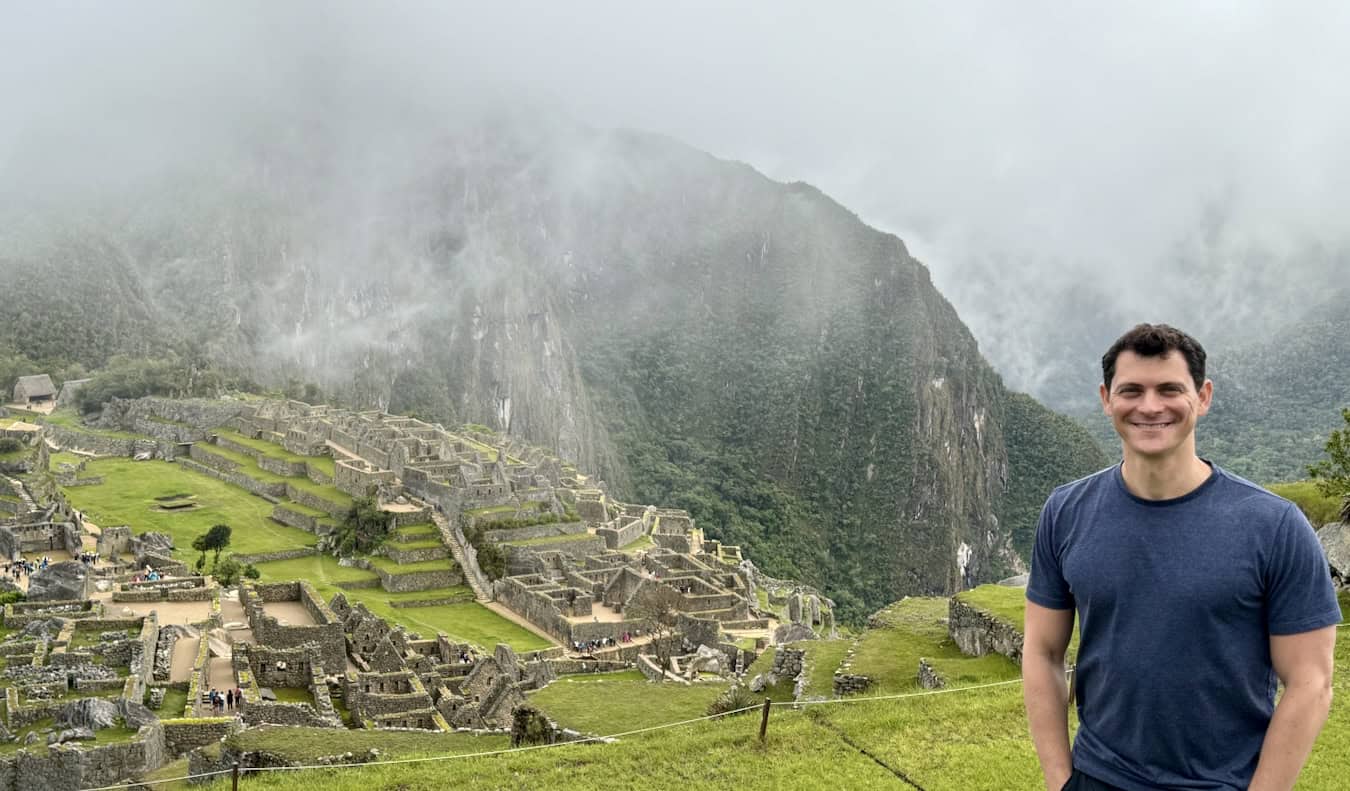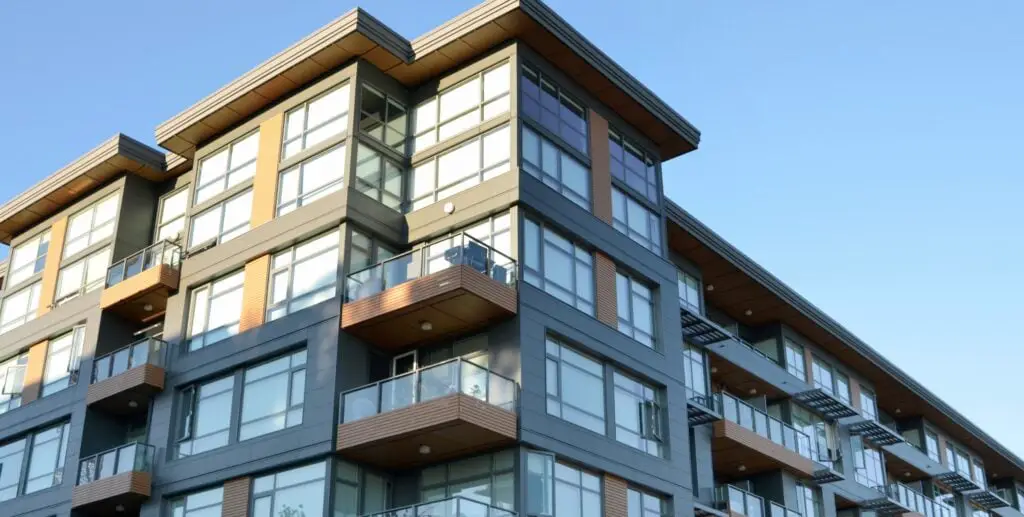Spain’s love-hate relationship with tourism reaches boiling point on its costas each summer. It’s scorching, the beaches are packed and the mood can be frantic. Tourists from Spain and abroad flock to the seaside to relax, but can soon resort to mild aggression when it comes to scoring a decent spot on the beach or a parking space. Workers suffer through long, sweaty shifts and struggle to find decent accommodation in many hotspots during peak season.
Meanwhile, in cities such as Barcelona, locals spray water guns at lunching visitors while chanting “Tourists go home!” Even on Spain’s rainier, less visited north coast, grumpy locals are often heard moaning about the madrileños who come north to escape the summer heat. But the Spanish coast still holds some secrets, even in the middle of summer: places where tourists can unwind without any hassle and locals seem genuinely happy to host them. One such place is Luarca, a small fishing village in Asturias.
I live just an hour’s drive away in Oviedo, the capital of this verdant region in northern Spain, but for holidays have usually been drawn to the mountains or more famous beach areas like Llanes. (Though I’d never go there in July or August, especially not at the weekend.)
I had assumed that all the best beach towns would be overcrowded and expensive. I was wrong.
The white houses of Luarca, flanked by green hills, seem to fall in toward its picturesque harbour. In many Spanish resort towns, it’s wise to steer clear of eating along the seafront to avoid being ripped off. But in Luarca, the gorgeous harbourfront is home to many of its best restaurants: La Montañesa del Muelle, El Barómetro and La Perla Negra. At any of these places, you can feast on fresh and delicious food, often for less than a fancy burger in Oviedo.
The buzzing harbour is dotted with colourful fishing boats, the weather-worn buildings are half abandoned, and even the gift shop is bursting with character. Its owner, the extravagant Abel, has filled it to the brim with exotic seashells.
In a way Luarca is the anti-Ibiza. The pace of life is slow and the people are friendly. As I sit down to a plate of clams at La Perla Negra, the waiter notices my camera and points me to a photo exhibition inside the restaurant – shots of Luarca accompanied by the beautiful words of Pablo Neruda’s poem The Sea.
The photographs are by Marco Yañez Matamala, a Chilean theologist and professor who also works at the restaurant. After he visited Luarca with his wife in 2021, they fell in love with the place and chose to join its population of less than 5,000.
“It’s the nature, the sea, the architecture,” he says. “Words can’t describe it, but it’s so peaceful and has an elemental, spiritual quality.”
In shoulder season especially, most of the tourists in Luarca are walkers and pilgrims: it’s a stop on the Camino de Santiago coastal route. Matamala says he loves talking to them about why they are making the journey.
Whenever you scratch the surface, Luarca seems to reveal a surprising depth. Walking on nearby Cape Busto, I notice a free book exchange. Inscribed on a blackboard at a viewpoint overlooking the cliffs, a quote from 18th-century Asturian statesman and philosopher Gaspar Melchor de Jovellanos reminds me that ignorance is always blind.
Intellectually, Luarca punches above its weight. It has produced the Nobel prize-winning scientist Severo Ochoa, who investigated the mechanisms by which DNA and RNA are formed. His niece, Aurora de Albornoz, was a famous poet and scholar. Production designer Gil Parrondo Rico won two Academy Awards for art direction in the 1970s.
The protected coastal region of Valdés, of which Luarca is the capital, is home to some of the nicest beaches in Asturias. Beautiful in the sunshine of course, they are also interesting for a stroll in the rain, with caves and rock formations to explore.
Top beaches include Cueva (with good surfing and kayaks to rent), Portizuelo to the east and, west of Luarca, Otur and Barayo, in a verdant nature reserve. For more active days, a huge number of walking trails offer cliff views, waterfalls and untouched forest (brown bears have been spotted in the area). And a couple of miles south-west of town is Parque de la Vida, a science museum loved by children and adults.
In Luarca itself, the Giant Squid Museum claims to be home to the world’s largest collection of preserved specimens, and there are fresher sea creatures on view at the rula, the covered fish market down by the harbour. Diving, fishing, kayaking and boat tours around the spectacular coastline are also available.
after newsletter promotion
A pleasant walk up a hill to the west is the lush Fonte Baixa botanical garden. Bursting with local and exotic trees and flowers, it also offers extraordinary views of the town, beaches and striking coastline. Up the town’s eastern slope, is the almost enviable cemetery, the lighthouse and a small 13th-century chapel.
The region’s famous cider, traditionally poured from above head height into a glass at hip height, flows freely, along with the rest of the alcoholic beverages that it is socially acceptable to consume from the hora de vermut (around noon) until the last nightclub closes at about 6am. And anyone who craves just a dash of Ibiza can take the elevator up to the roof terrace of the Miramar restaurant for a drink and stunning sunset views.
Luarca is also an ideal place to test out north-west Spain’s famed Atlantic diet. Unlike other parts of Asturias, Valdés lacks major industry. Its economy is based primarily on food, with agriculture and fishing offering the most employment, with the hospitality sector close behind. Many restaurants still offer traditional fare – fresh and simply prepared fish and seafood, or heartier dishes such as fabada (bean stew) and cachopo (breaded veal fillets with ham and cheese). But some young locals, having moved away, are being drawn back home to experiment with the unbeatable local ingredients.
La Galga was opened by husband and wife Diego and Marta in March last year. They met in Madrid but moved back to Diego’s home town with their young children to live a simpler life close to family – and breathe fresh life into Luarca’s culinary scene. Starters could be warm endive salad with cream cheese and anchovies, confit leeks with burrata and pesto, or their own delicate take on popular croquetas. Mains of glazed black angus ribs are always a hit.
The village of Busto, on the way to the cape, is home to arguably the best pastry shop in Asturias. It was founded by thirtysomething Jhonatan González Ovalle, who learned to bake in Gijón but came home to set up Pastelaria Cabo Busto in his grandparents’ home. As well as exquisite pastries, the constantly packed shop is known for a to-die-for hazelnut spread called funduki.
Like the waves of the Atlantic, Luarca is constantly in motion. In summer, the town swells with Oviedo natives who’ve left to seek work in Madrid or abroad, returning to their ancestral pueblo. It’s a custom going back to the 19th century, when many locals emigrated to South America to seek their fortunes. Some that succeeded came home and built casas indianas – ostentatious mansions flanked by palm trees from the new world. In Luarca, some of these homes have fallen into disrepair, while others still stand glorious or have been converted into hotels, such as the Villa Argentina.
But when the sun comes out, contemplations of history melt away. Under a blue sky, I stroll from the harbour to Luarca’s Salinas beach. It’s the largest of the three town beaches. Although less protected from the waves, it’s not covered at high tide like the other two.
I stretch out my towel, open my book and sink into summer bliss. Luarca, for everything that makes it special, becomes universal. The sun warms my skin. The sound of crashing waves mingles with the voices of toddlers playing and teens kicking a football. The sea breeze keeps the pages of my book open, reminding me that there’s no need to hurry through the words.
It’s still July. Although cooler Spanish destinations such as Asturias are gaining cachet as climate crisis-fuelled heatwaves hit other parts of Europe, maybe the future of summer travel is a question of timing – going to whichever beach, river, lake or pool is accessible during pockets of good weather. Maybe it’s about more local adventures to the villages and natural settings you know and love – or places close to home that just might prove you wrong.






